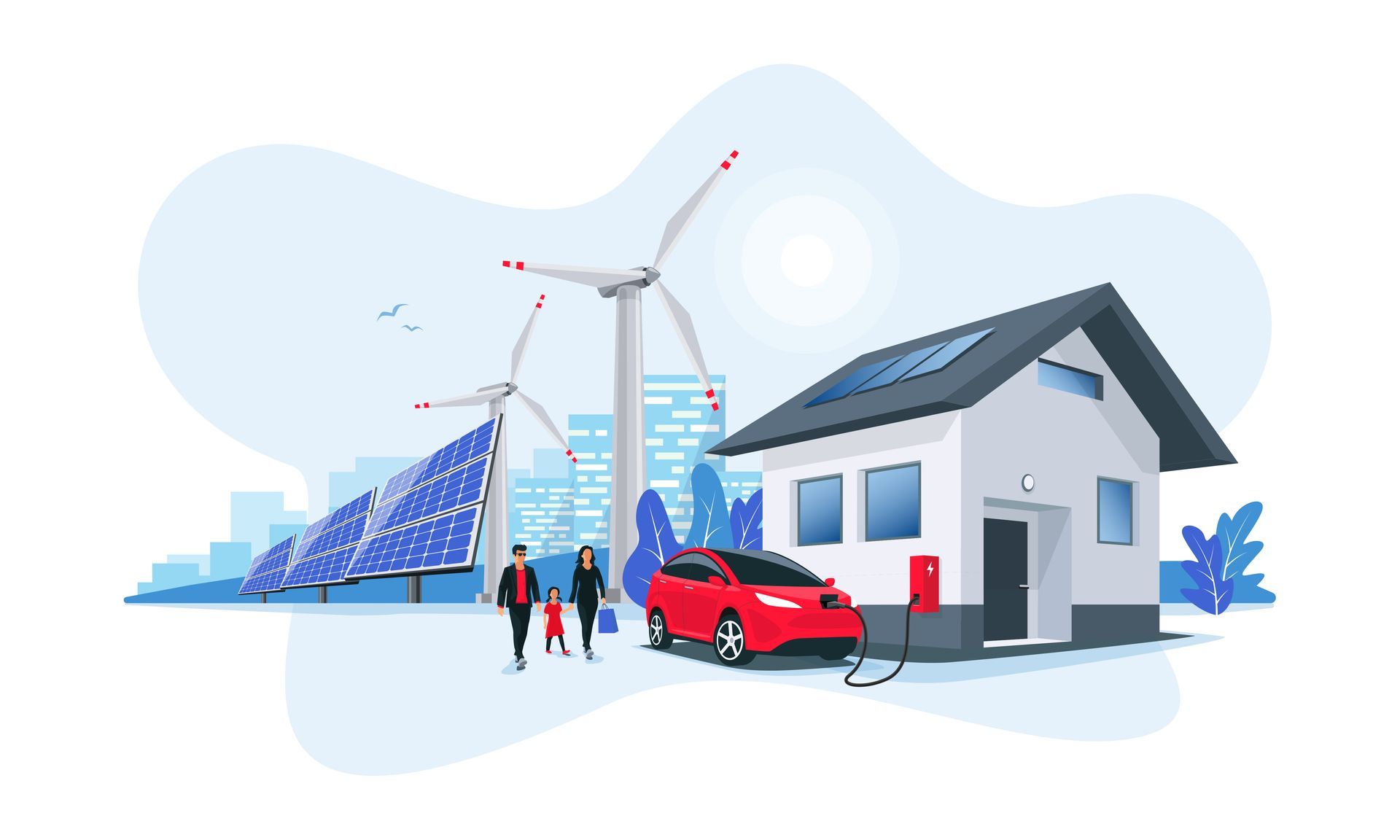News

Ontario has taken a major step toward a cleaner energy future with the launch of the Oneida Energy Project, a large-scale battery storage facility designed to enhance the efficiency and reliability of renewable energy. Located in Haldimand County, the $800-million project adds 250 megawatts of storage capacity to the province’s electrical grid—more than doubling the existing total. This project enhances Ontario’s expanding use of wind, solar, and hydroelectric energy, all of which need reliable storage systems to balance variations between energy production and consumption. Battery storage is essential for maximizing the efficiency and reliability of renewable energy sources. Unlike fossil fuels, which can be controlled based on real-time energy needs, renewable sources are often intermittent. Solar panels and wind turbines may produce excess energy when demand is low but fall short during peak hours. Batteries help close this gap by capturing excess electricity and supplying it during periods of high demand. This strengthens the stability of the power grid while also decreasing dependence on carbon-heavy backup sources such as natural gas. The Oneida project represents Canada’s largest battery storage system to date and is a model for future developments. By allowing renewable energy to be stored and deployed efficiently, battery infrastructure makes clean energy more viable and cost-effective. Experts point out that as the technology scales up, the cost of battery storage will continue to fall, making renewable systems even more attractive for communities and governments alike. As more regions adopt these solutions, energy self-sufficiency through renewables becomes a realistic goal. The initiative was led through a collaboration involving Northland Power Inc., Six Nations of the Grand River Development Corp., and various public and private entities dedicated to advancing sustainable energy solutions. Their combined efforts have not only delivered a first-of-its-kind facility on time and on budget but have also shown the potential of Indigenous leadership and private-public cooperation in building Canada’s green infrastructure. With support from both federal and provincial bodies, Oneida is part of a broader movement toward transforming Canada’s energy landscape. As demand for electricity grows and climate concerns intensify, the need for scalable, clean energy solutions becomes more urgent. Battery storage, once seen as a supporting feature, is now emerging as a central component of a resilient, renewable-powered grid. The Oneida Energy Project sets the stage for more ambitious investments across Canada, signaling a future where renewable energy isn’t just an alternative—it’s the backbone of the system. Continued on Source. Image Source: Battery Storage Stock photos by Vecteezy

Canada's net-zero 2050 strategy is being advanced through five pivotal investment tax credits (ITCs), offering substantial financial incentives for clean technology adoption. These ITCs are designed to encourage businesses to invest in clean energy, technology, and infrastructure by offering refundable credits on qualifying expenditures. Available exclusively to taxable Canadian corporations, these credits provide direct financial benefits, regardless of whether the company has taxes owing. By reducing the cost of adopting green technologies, the ITCs make sustainable investments more accessible and attractive for businesses across various sectors. One of the most significant advantages of these ITCs is their focus on different stages of the clean economy supply chain. The Clean Technology ITC offers a 30% credit for investments in renewable energy equipment, such as wind, solar, and geothermal systems, as well as zero-emission vehicles. Meanwhile, the Clean Technology Manufacturing ITC supports producers of clean energy equipment and critical minerals, further strengthening domestic supply chains. Additionally, the newly introduced EV Supply Chain ITC provides a 10% credit for buildings used in electric vehicle production, incentivizing large-scale manufacturing projects. These credits not only lower upfront costs but also enhance Canada’s competitiveness in the global green economy. Another major benefit is the Clean Electricity ITC, which offers a 15% credit for investments in non-emitting power generation and transmission infrastructure. Unlike other ITCs, this credit is available to certain tax-exempt entities, including Indigenous communities and pension plans, broadening participation in clean energy projects. The inclusion of emissions-abated natural gas systems—subject to strict environmental standards—ensures flexibility while maintaining sustainability goals. By supporting both renewable energy and necessary grid upgrades, this ITC helps businesses and public institutions transition to cleaner power sources without compromising reliability. The Clean Hydrogen ITC and Carbon Capture, Utilization, and Storage (CCUS) ITC further diversify the incentives available. The hydrogen credit ranges from 15% to 40%, depending on carbon intensity, while the CCUS credit targets emissions reduction in industrial processes. Both require compliance with rigorous environmental standards and reporting, ensuring accountability. However, the financial incentives can significantly offset the costs of cutting-edge technologies, making them viable for businesses aiming to reduce their carbon footprint. Overall, Canada’s clean economy ITCs provide substantial advantages for businesses, from cost savings to enhanced competitiveness in sustainable industries. By leveraging these credits, companies can accelerate their adoption of green technologies while contributing to national climate goals. Supported by the CRA’s clear eligibility standards, businesses can capitalize on these incentives to drive both profitability and sustainability outcomes. As these incentives evolve, they will play a crucial role in shaping a cleaner, more resilient economy for future generations. Continued on Source.

